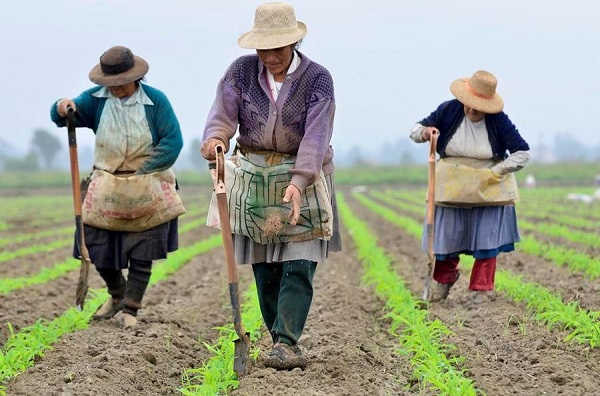
More than 8.2% of the population in Latin America and the Caribbean had at least one microinsurance policy as of December 2016, with 52.1 million people insured corresponding to USD 420 million in Gross Written Premiums, estimates a new study on The Landscape of Microinsurance in Latin America and the Caribbean (LAC) 2017 – Preliminary briefing note, published by the Microinsurance Network (based in Luxembourg) and Munich Re Foundation.
The preliminary findings of the study were released today, as the 13th International Microinsurance Conference “Inclusive insurance for the mass market” opened in Lima, Peru. The event, which runs through to Thursday 9 November, brings together over 400 experts from around the world to look at ways to accelerate the growth and economic viability of the microinsurance sector.
“The LAC region has shown substantial growth in microinsurance outreach. However, recent events such as the floods in Peru, as well as the earthquakes and hurricanes across the region, have demonstrated that there is still not enough protection for people in the low-income market,” said Dirk Reinhard, Vice Chairman of the Munich Re Foundation who co-published the study. “Increasing governmental support and implementation of mobile technologies are important steps to develop the market, facilitating fast pay-outs when disaster strikes,” added Reinhard.
“Governments across the region are recognising the important role that microinsurance can and does fulfil in helping people to cope with catastrophic and daily risks. Many governments have started improving their regulatory frameworks for microinsurance, with studies on the needs and potential demand for microinsurance underway in several countries,” affirmed Eduardo Morón Pastor, Executive President of the Peruvian Association of Insurance Companies (APESEG) and Chair of the 13th IMC.
Regulators within the LAC region reported significant increases in premiums between 2013 and 2016 with a 1,799% premium increase reported for Brazil*2, 284% for Nicaragua*3, and 95% for Peru*4. In Mexico, the regulator reported that premiums have increased by 36% per year on average between 2007 and 2017. *5 At the same time, preliminary results indicate that commissions have been declining since 2014, with the average commission falling from 20% to 12%*6 , and loss ratios have remained relatively low at an average of 46%, with 69% of products at loss ratios below 41%. Further, the study found strong growth in agricultural insurance with the number of clients increasing from 35,000 in 2014 to 80,000 in 2016, based on comparable data. In terms of distribution, MFIs and other Financial Institutions appear to have acted as the distribution channels for 77% of the 2016 lives covered identified.
“The recent disasters that have struck the LAC region serve as a reminder of the need to leverage insurance that is both effective and inclusive, and to develop risk mitigation strategies to help people – particularly the poor –become more resilient and less vulnerable. Our intent is to help develop their capacity to recover and rebuild, and avoid falling back into the spiral of poverty,” explained Katharine Pulvermacher, Executive Director of the Microinsurance Network, the international multi-stakeholder platform for inclusive insurance that promotes the development and delivery of effective insurance services for the underserved across the world.
The LAC microinsurance landscape study is part of the World Map of Microinsurance, an initiative that maps global data on microinsurance dating back to 2006. Through this strategic programme, the Microinsurance Network, supported by the Munich Re Foundation and other partners, collect data needed to identify and monitor growth trends in the field of microinsurance.








